Stop Sweating: The Real Reason Your Clothes Make You Hot (And What to Wear Instead)
I’ve spent a lot of time around fabrics, from dusty cutting rooms to high-tech mills across the globe. And if there’s one thing I’ve learned, it’s this: staying cool in the heat has almost nothing to do with fashion trends and everything to do with basic physics. So many of us think picking a summer fabric is as simple as grabbing cotton or linen. But honestly, it goes so much deeper than that.
In this article
The real secret is understanding how a fabric actually works with your body and the air. It’s a mix of the fiber, the weave, and even the fit of the clothes. Once you get these fundamentals, you stop buying those shirts that betray you the second a heat wave hits. You start building a wardrobe that helps you beat the heat, not bake in it.
So, let’s break down the practical stuff I’ve picked up over the years. We’ll look at the science of cooling (don’t worry, I’ll make it simple), check out the best and most misunderstood fabrics, and give you the tools to shop smarter.
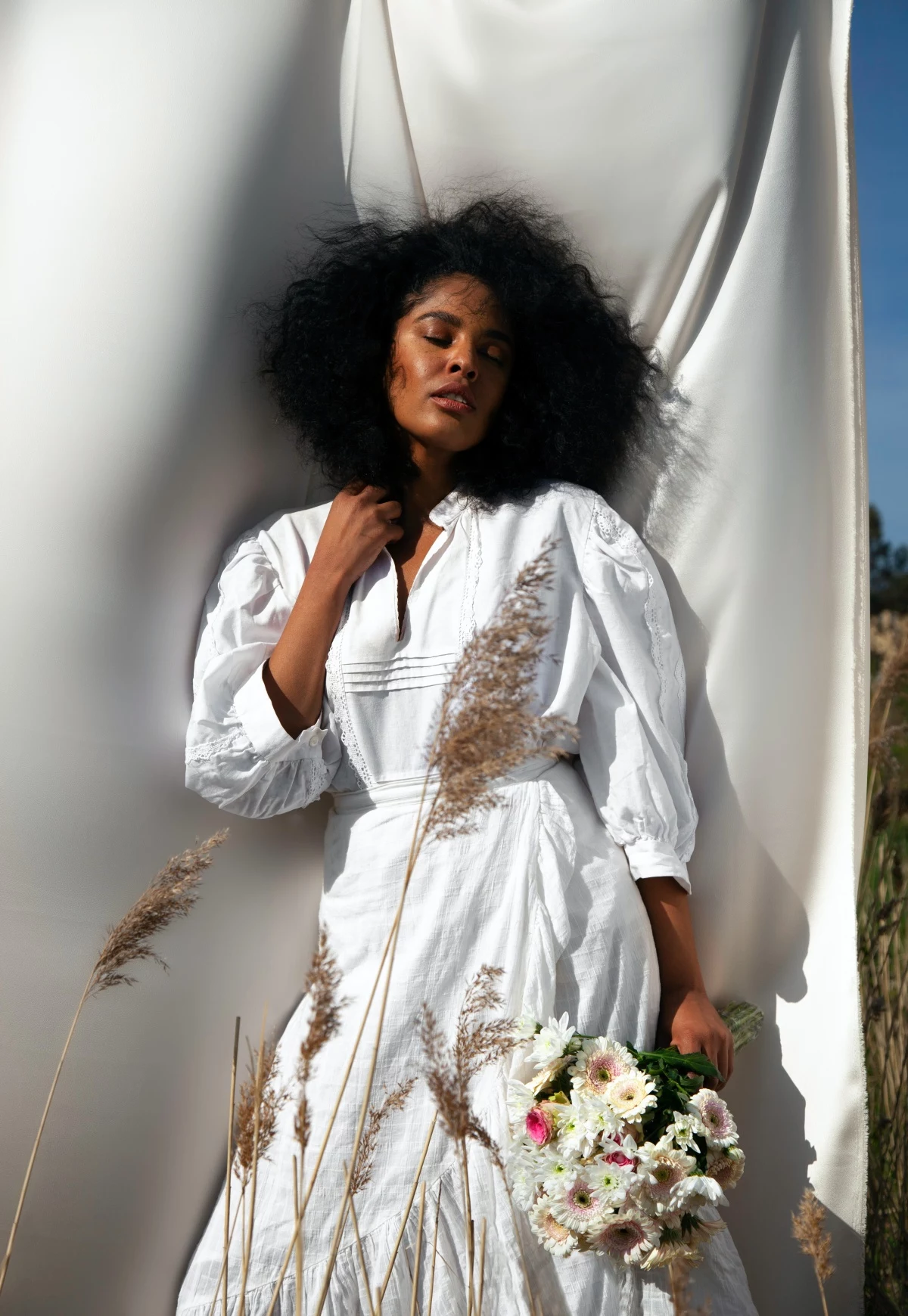
The Simple Science of Why You’re So Hot in That Shirt
Before we get into specific materials, we have to talk about the ‘why.’ What makes one shirt feel breezy and another feel like you’ve wrapped yourself in plastic? It all comes down to a few key things. When I was teaching apprentices, I’d have them close their eyes and just feel the cloth. What is it telling you? It’s not just about softness; it’s about how it handles air and sweat.
Breathability: Can Your Shirt Actually Breathe?
This is probably the single most important factor, especially in dry heat. Breathability is just a fancy word for how well air can pass through a fabric. Think of it like a screen door versus a glass window. A loosely woven fabric is your screen door—it lets the breeze flow right through, carrying heat away from your skin. This is called convective cooling, and it’s your body’s best friend on a hot day.
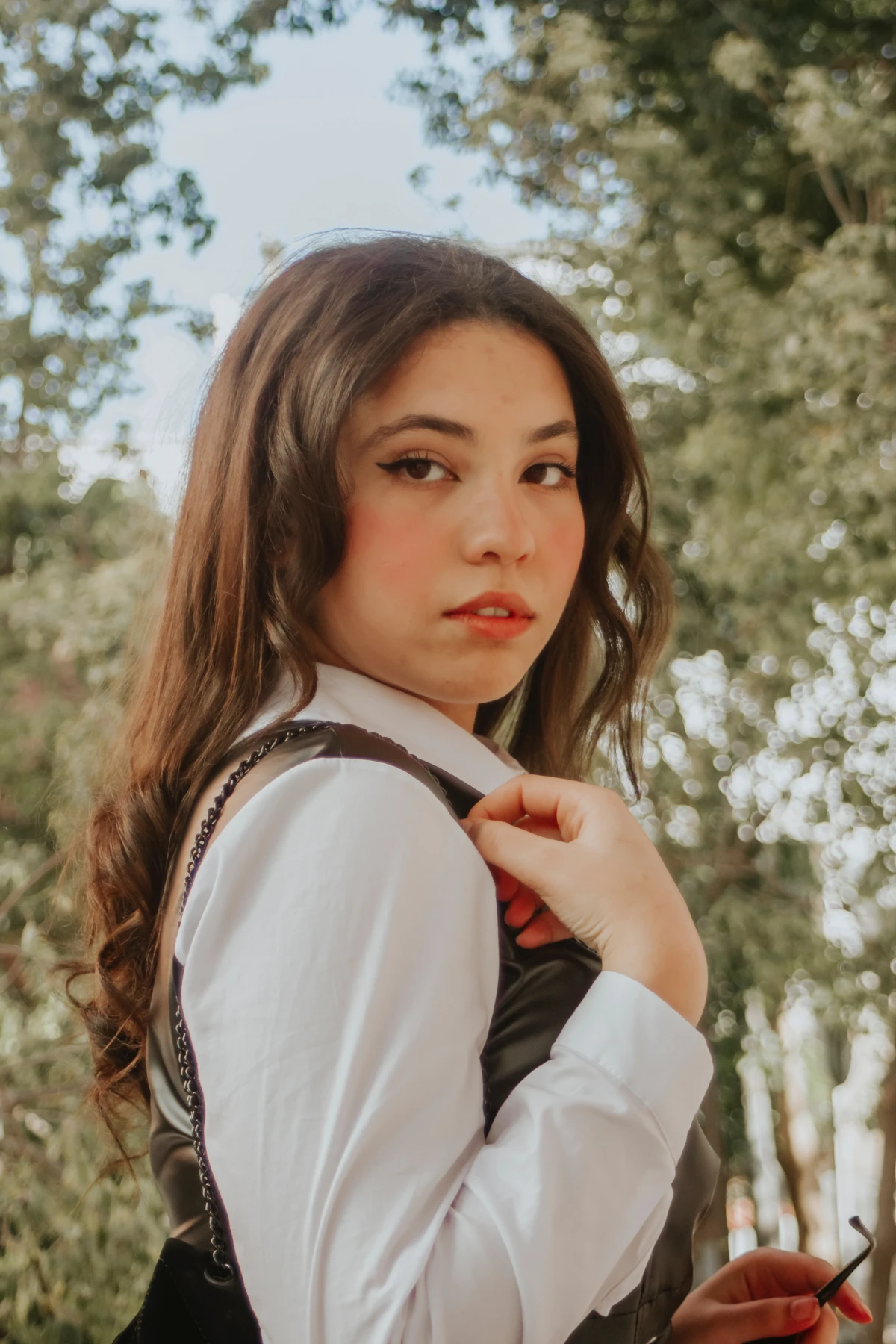
The pros use a special machine to measure this, but you can do a simple test yourself. Just hold the fabric up to a light. The more little pinpricks of light you can see through the weave, the more breathable it’s likely to be. A dense fabric, like the canvas on a tote bag or heavy denim, blocks almost all air. Great for a windy day, terrible for a humid one.
Moisture Management: The Battle Between Wicking and Soaking
When humidity enters the chat, how a fabric handles sweat becomes critical. There are two main approaches here: absorbing and wicking.
- Absorption: This is cotton’s specialty. It’s hydrophilic, which means it absolutely loves water. It can soak up a ton of moisture, which feels fine at first. But here’s the problem: it holds onto that sweat for dear life. A soaked cotton shirt gets heavy, clings to your skin, and completely cuts off airflow. I learned this the hard way on a muggy work trip where my crisp cotton shirt turned into a damp, sticky mess in about ten minutes.
- Wicking: This is the smarter, more modern approach. Wicking fabrics pull moisture away from your skin and spread it across the outer surface of the fabric so it can evaporate quickly. Think of it like a network of tiny pipelines moving sweat away from you. This keeps you feeling much drier and more comfortable. Wool and a lot of modern synthetics are amazing at this.
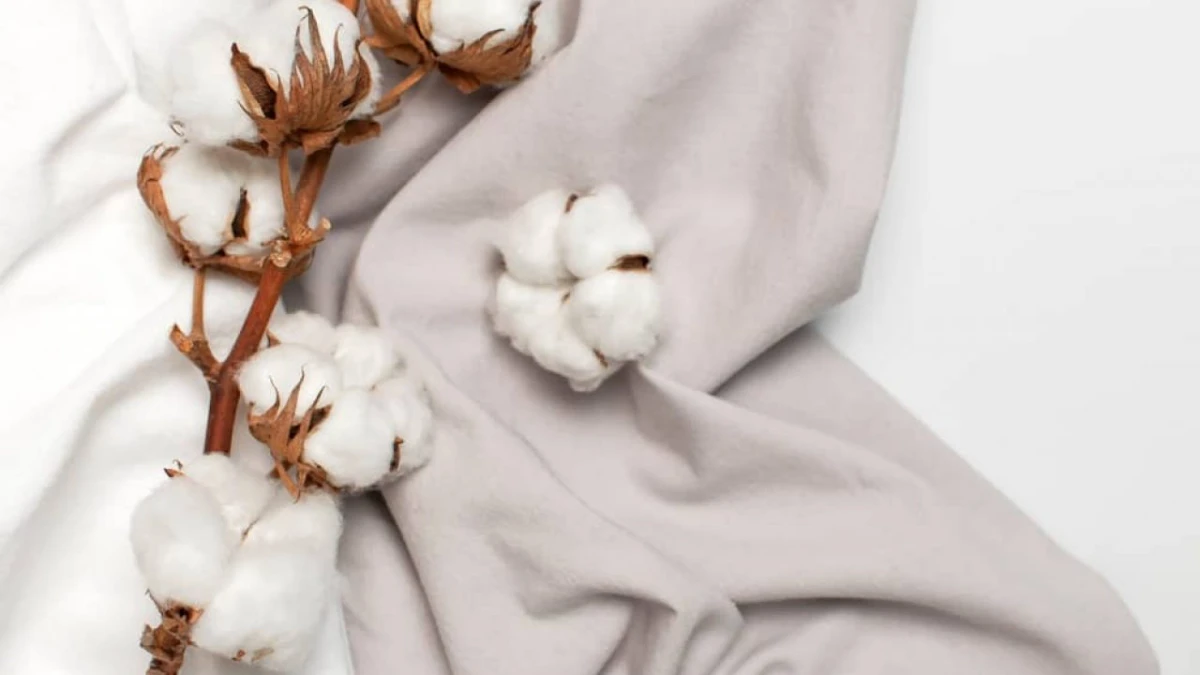
That ‘Cool to the Touch’ Feeling
Ever put on a linen shirt and noticed it feels instantly cool against your skin? That’s not your imagination. It’s a property called thermal conductivity. It just means the material is good at pulling heat away from a surface (in this case, you!). Linen is a champ at this. Cotton is okay, and wool is a poor conductor, which is why it’s so good at keeping you warm.
Fabric Weight and How It Hangs
Heads up! Pay attention to fabric weight, often measured in grams per square meter (GSM). For summer, you want lighter fabrics, usually under 150 GSM. To give you some perspective, that cheap, heavy concert t-shirt you have is probably a hefty 180-200 GSM. For a truly breezy summer tee, you want something in the 130-150 GSM range. Lighter just feels better.
Also, consider the fabric’s drape. A stiffer fabric like linen tends to stand away from the body, creating little air channels that boost ventilation. A softer, clingier fabric can feel nice, but it reduces that all-important airflow.
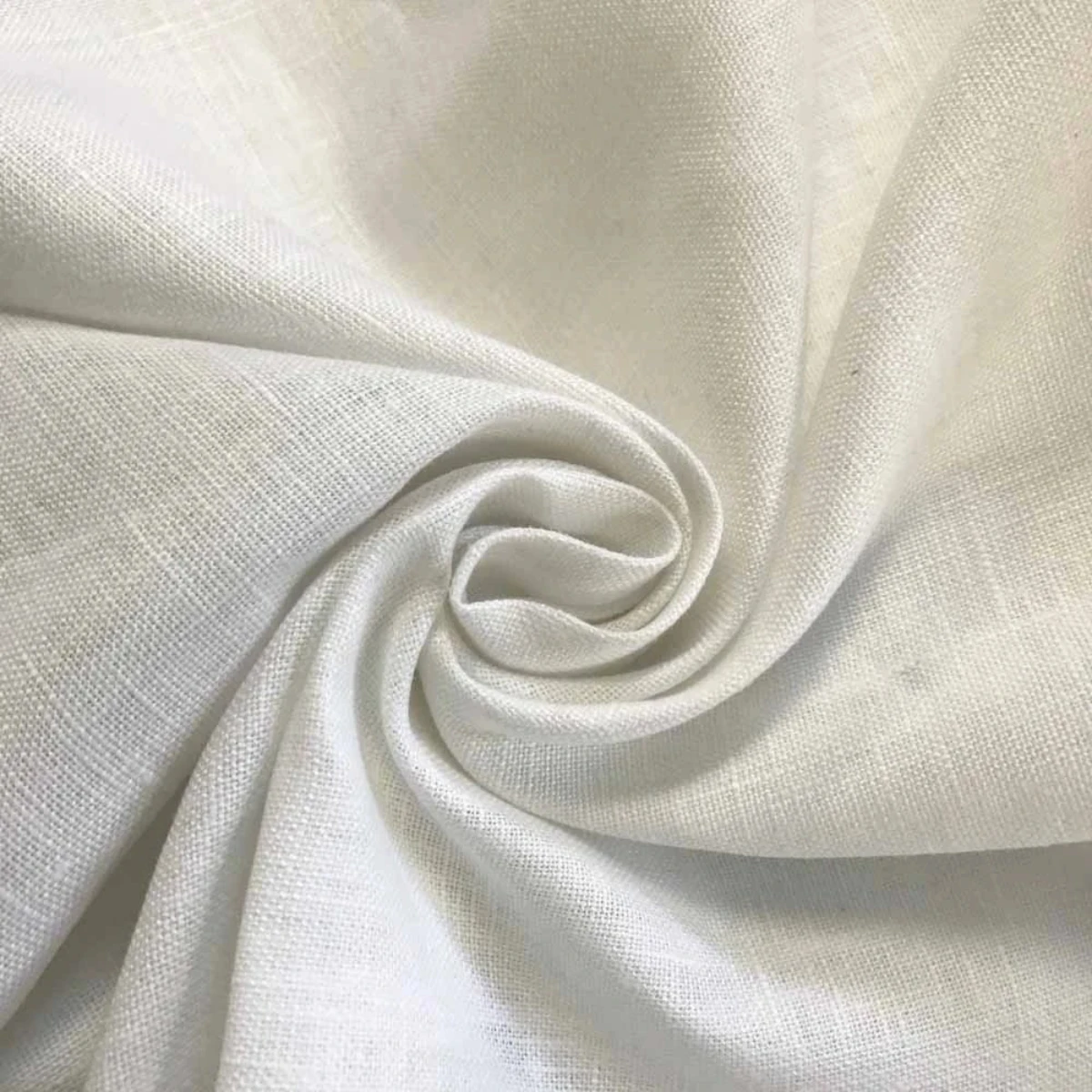
The Best Natural Fibers for Hot Weather
People have been using natural fibers for ages for a good reason. But not all are created equal, and the weave changes everything.
Cotton: The Complicated Workhorse
Cotton is everywhere because it’s cheap and versatile. But “cotton” is a massive category. What really matters is the fiber length and the weave.
Cotton Weaves You Should Know for Summer:
- Poplin: Your classic dress shirt fabric. It’s smooth, crisp, and a good lightweight poplin is a fantastic choice for a more professional summer look.
- Chambray: Looks like a lightweight denim but breathes way better. It’s a simple plain weave, making it perfect for casual, hot days.
- Seersucker: This is a genius summer fabric. It’s intentionally woven to be puckered and crinkled. Those puckers are the key—they hold most of the fabric off your skin, creating built-in air conditioning.
- Jersey Knit: This is your standard t-shirt fabric. The problem is that a cheap, heavy jersey knit can be a sweat trap. Look for high-quality, lightweight jersey for better comfort.
The Honest Truth About Cotton: As I said, cotton’s biggest weakness is how it handles sweat. It’s a great pick for dry heat or days when you’re not doing much. But if you’re in a humid climate or know you’ll be sweating, it can turn on you. A good compromise? Look for a blend, like cotton-linen or cotton-Tencel.
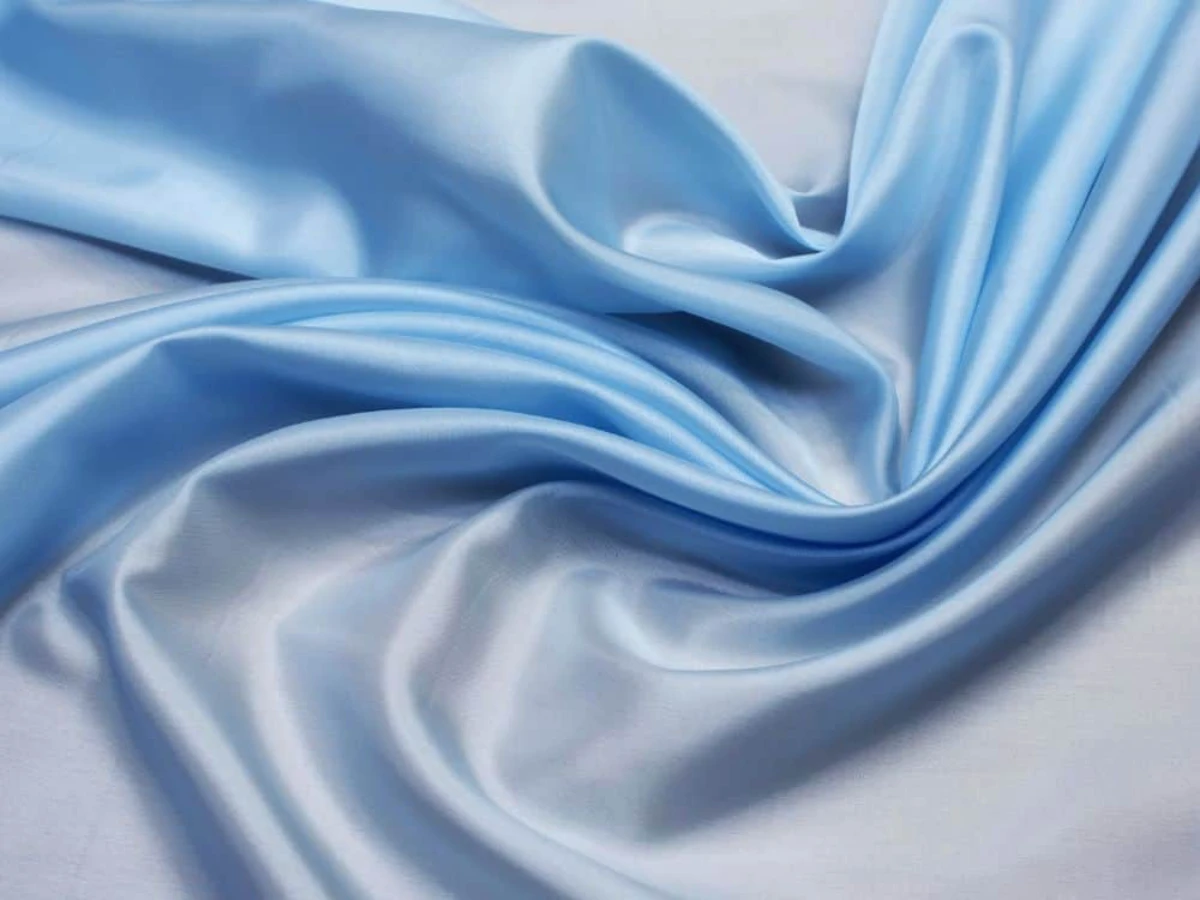
Linen: The Undisputed King of Summer
Made from the flax plant, linen is basically the original performance fabric. It’s my go-to recommendation for summer travel because it’s just so incredibly comfortable.
It’s super breathable, feels cool to the touch, and handles moisture like a pro—it can absorb a lot without feeling damp and dries incredibly fast. Plus, its natural stiffness means it never clings. But what about the wrinkles?
Let’s be real, linen wrinkles. You can’t fight it, so you have to embrace it. It’s part of the relaxed, lived-in charm. A quick tip: If the sharp creases from folding really bother you, just hang your linen shirt or dress in the bathroom while you take a hot shower. The steam will relax the wrinkles into a soft, casual texture. Don’t aim for perfect smoothness; that’s not the point of linen.
Man-Made Fibers: From Not-So-Great to Amazing
The world of man-made fibers can be confusing, but there are some real gems in here for summer.
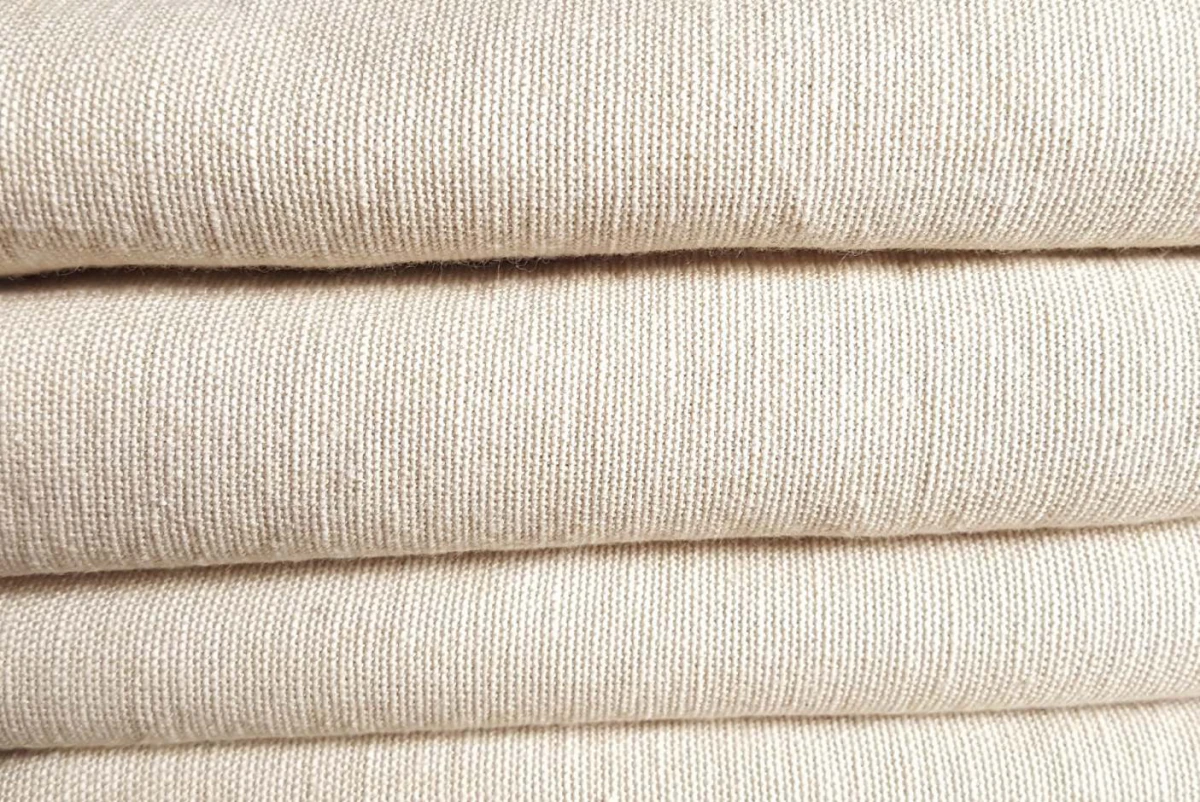
The Rayon Family: Viscose, Modal, and Lyocell (TENCEL™)
These are all semi-synthetic, meaning they start as natural cellulose (usually from wood) that’s chemically processed. They were first invented to be a cheaper version of silk.
Viscose is the most common and feels silky and breathable. But it’s incredibly weak when wet and can be a nightmare to care for. Seriously, check the care tag before you buy; an aggressive washing machine can destroy it.
Modal is a step up. It’s softer and holds up much better in the wash. It’s fantastic for those super-soft t-shirts and loungewear. You’ll find great modal-blend tees at places like Uniqlo or Target for around $20-$30.
But the real champion here is Lyocell. You’ll most often see it under the brand name TENCEL™. It’s made in a much more environmentally friendly process, and from a comfort standpoint, it’s a summer superstar. It’s insanely soft, breathable, and its moisture management is top-notch—it pulls sweat away from your skin even better than cotton. Many forward-thinking brands like Everlane and Patagonia are using it.
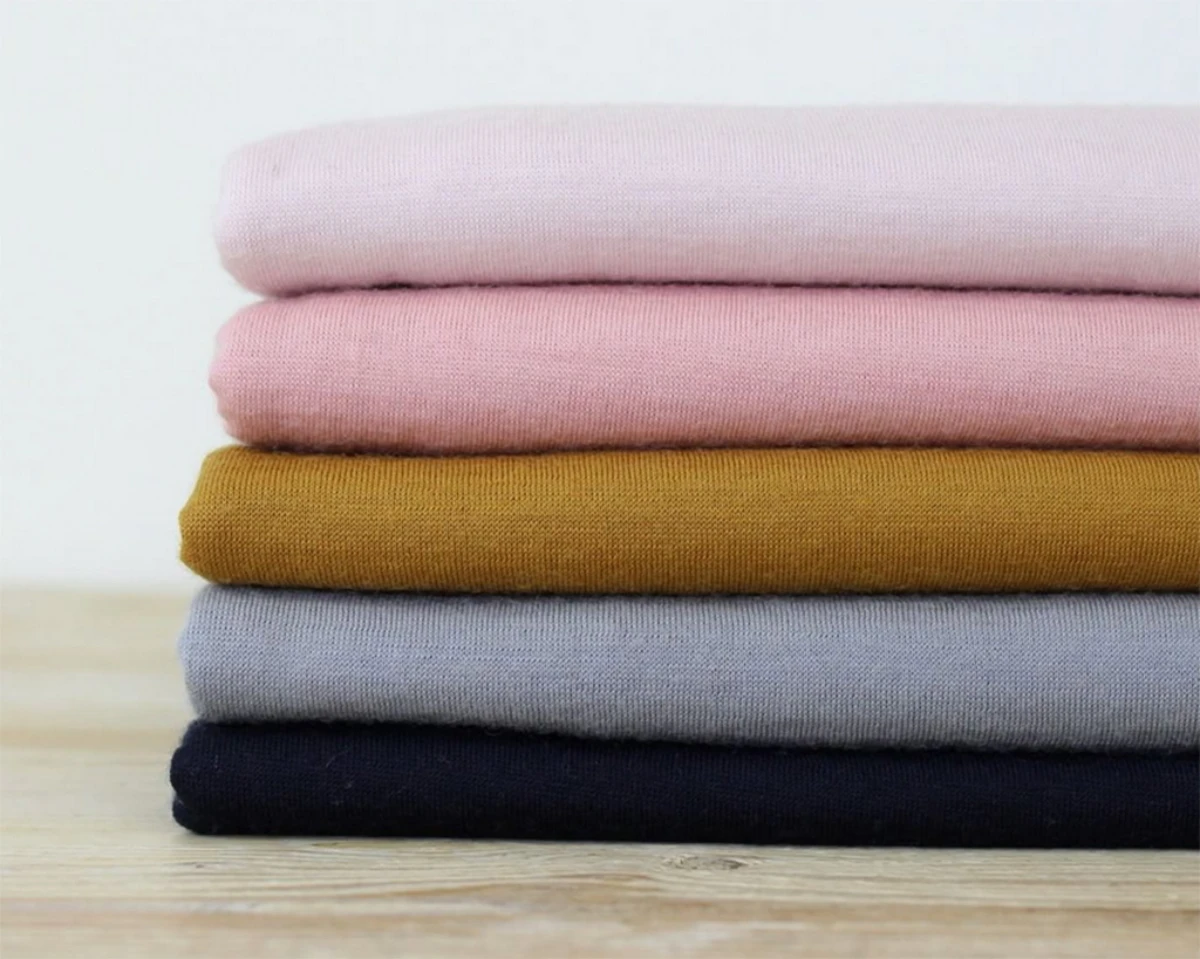
Quick Win: The single easiest upgrade you can make to your summer wardrobe? The next time you’re buying a basic tee, just look for one that says ‘Modal’ or ‘Tencel’ on the tag instead of 100% cotton. It might cost $5-$10 more, but the difference in how you feel on a humid day is night and day.
The Bamboo Fabric Lie
You see ‘bamboo’ on labels everywhere, marketed as a natural, eco-friendly wonder fabric. For the most part, it’s misleading. The vast majority of ‘bamboo’ fabric is just viscose rayon where bamboo was the wood source. The harsh chemical process destroys any of the bamboo plant’s natural properties. It’s soft, yes, but it’s no different from any other viscose. If you want a high-performing, sustainable fiber from wood, TENCEL™ is a much more honest and reliable choice.
The Surprise Contender: Lightweight Wool
When I suggest wool for summer, people look at me like I’m nuts. They’re picturing a thick, scratchy winter sweater. But thin, lightweight wool is a secret weapon for staying comfortable in the heat.
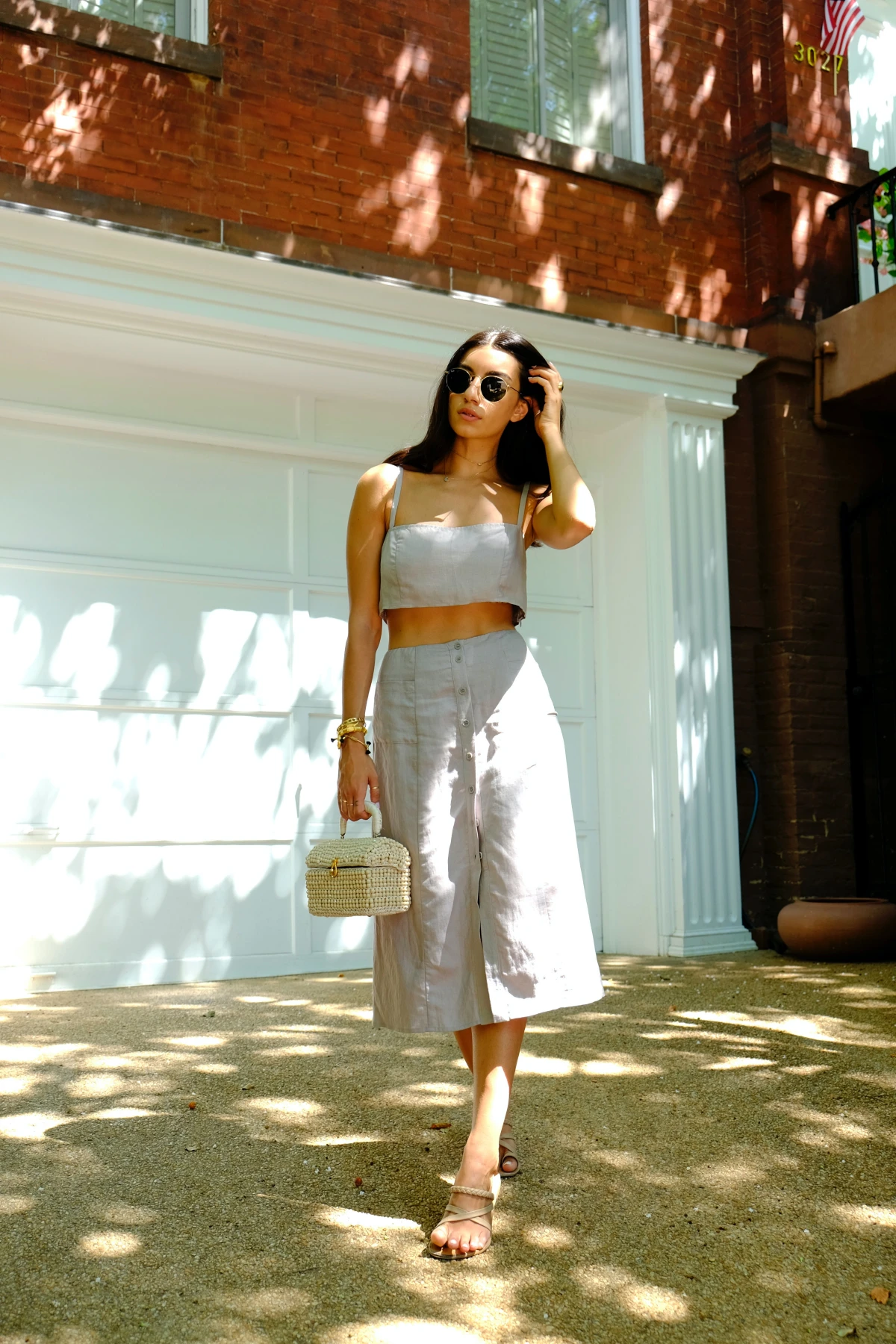
Lightweight wool, especially Merino wool, is a thermoregulating marvel. It wicks moisture away as a vapor before it even turns to liquid sweat, keeping you feeling impossibly dry. It’s also naturally odor-resistant, which is a huge bonus. I learned this on a hiking trip where my merino shirt was still fresh after two days, while my friend’s cotton tee… was not.
What to look for: You want super-fine Merino wool. Think of those ultra-light, non-itchy performance tees from brands like Smartwool, Icebreaker, or Patagonia. They’re not cheap—a good one can set you back $60 to $90—but for travel or active days, one merino shirt is worth three cotton ones.
The Quick and Dirty Cheat Sheet
Okay, that was a lot of info. Let’s boil it down. If you’re standing in a store, here’s what you need to remember:
- Cotton: Great for dry heat and casual wear. It’s affordable but a disaster when you sweat a lot. Price: $-$$
- Linen: The absolute best for heat and humidity. Super breathable and cool, but you have to be okay with wrinkles. Price: $$-$$$
- TENCEL™/Modal: A fantastic, modern alternative. Incredibly soft, great at wicking sweat, and drapes beautifully. An easy upgrade from cotton. Price: $$-$$$
- Lightweight Merino Wool: The ultimate performance choice. Unbeatable moisture and odor control, but it comes with a higher price tag. Price: $$$-$$$$
Oh, and what about blends? A cotton-linen blend is a great way to get some of linen’s cooling power with fewer wrinkles. A good rule of thumb: look for at least 30% linen in the mix to really feel the benefits.
A Few Final, Practical Tips
Knowing the fiber is half the battle. Here’s how to put it all together.
First, fit and weave matter just as much as fiber. A loose, flowy garment will always be cooler than something skin-tight, because it lets air move around your body. And remember the light test—a more open weave is always better for heat.
Second, color does make a difference in direct sun. Light colors reflect heat, dark colors absorb it. A white shirt will feel cooler than a black one if you’re standing in a sunny field. But in the shade or on a humid day, the fabric’s breathability is way more important.
Finally, a word of caution on ‘non-iron’ shirts. That wrinkle-free finish is often a chemical resin that can clog the fabric’s weave, seriously cutting down its breathability. For maximum coolness, stick to untreated fabrics.
Now, I have a little challenge for you. Go find the tag on that one shirt you always sweat through the most. I’ll bet you it’s 100% cotton with a tight, heavy weave. Now you know why. And now you know exactly what to look for instead.
Inspirational Gallery
In direct, strong sun, wearing loose, light-colored clothing can be more effective at keeping you cool than wearing nothing at all.
It sounds like a paradox, but science backs it up. The fabric acts as a physical barrier against the sun’s infrared radiation. More importantly, a loose fit allows air to circulate between your skin and the cloth, creating a convective current that carries heat and moisture away. It’s a principle perfected by desert dwellers for centuries.
Wondering if that expensive technical shirt is worth it for everyday wear?
Yes, especially in humid climates where sweat doesn’t evaporate easily. While cotton gets damp and clingy, performance fabrics from brands like Patagonia (their Capilene® Cool line) or Arc’teryx use polyester grids and proprietary treatments. These are engineered to actively pull moisture away from your skin and spread it across the fabric’s surface to dry in minutes, a feature that’s just as valuable on a city street as it is on a mountain trail.
Linen: The undisputed king of breathability. Its hollow fibers and loose weave create incredible airflow, but it wrinkles famously and can feel a bit rough initially.
TENCEL™ Lyocell: A modern alternative derived from wood pulp. It’s exceptionally smooth, more absorbent than cotton, and has a cool-to-the-touch feel. It drapes beautifully and resists wrinkles better than linen.
For pure, raw cooling power in dry heat, linen is classic. For a softer, more polished look that performs well in humidity, TENCEL™ is a brilliant choice.
The secret to keeping your summer fabrics working their best is in the wash. A few simple rules can preserve their cooling properties for years.
- Wash delicate natural fibers like linen and viscose on a cool, gentle cycle. Hot water can cause them to shrink and weaken.
- Skip the fabric softener. It leaves a waxy residue that clogs the fabric’s weave, drastically reducing its breathability and moisture-wicking ability.
- Always air-dry when possible. The intense heat of a machine dryer is the number one enemy of fine summer fabrics, ‘baking’ in wrinkles and damaging fibers.
For a masterclass in staying cool through design, look no further than the traditional guayabera shirt. Its straight, untucked hem prevents heat from being trapped at the waist, while the vertical pleats (alforzas) are not just decorative—they add texture and structure, subtly lifting the fabric away from the skin to improve airflow. It’s functional elegance perfected for the tropics.
- It drapes with the fluidity of silk but at a fraction of the cost.
- It feels incredibly soft and cool against the skin.
- It’s highly breathable, making it perfect for summer dresses and blouses.
The secret? Viscose (also known as Rayon). Derived from cellulose, this semi-synthetic fiber is a budget-friendly champion of summer comfort. Its only downside is a weakness when wet, so always opt for a gentle wash and avoid wringing it out.
The most common mistake: Focusing only on the fiber and ignoring the weave. Seeing










